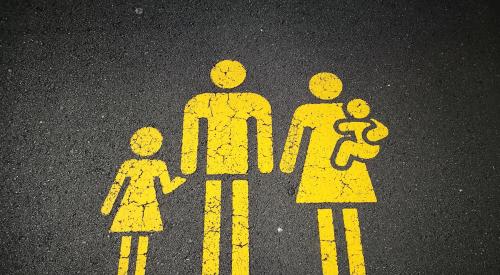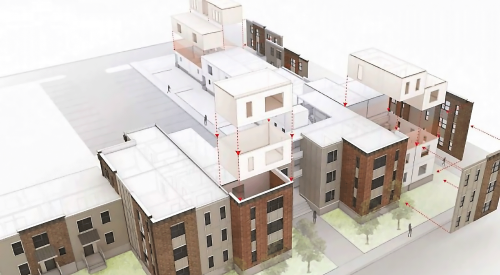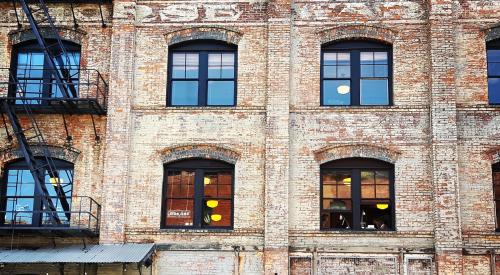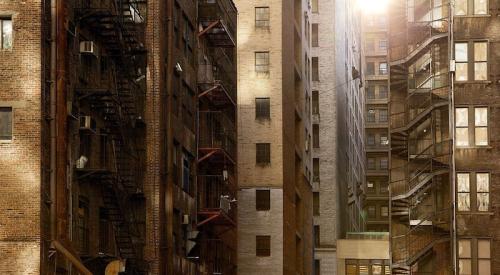A new study found that gentrification may not push original residents out of neighborhoods as often as is typically assumed, according to Curbed.
Often it goes without saying that the drawbacks of neighborhood change—above all the displacement of existing lower-income residents, but also increases in rents and upticks in cultural conflicts—greatly outweigh any benefits. Anxiety over gentrification is such a powerful force that it stopped Amazon in its tracks when the company tried to open a second headquarters in New York.
But without data to explain the changes happening underneath the very visible signs of gentrification—lofts, e-scooters, farmers’ markets—it isn’t easy to describe the costs, or who bears them. According to one just-released study, original residents gain more from gentrification than the traditional neighborhood narrative lets on. And the harms of gentrification, while hard to fully gauge, may not be so severe for original residents, especially for those who stay but even for those who choose to leave. What if the conventional wisdom about gentrification is kind of wrong?
Neighborhoods, whether gentrifying or not, are more dynamic than people realize, according to new research from the Federal Reserve Bank of Philadelphia and the U.S. Census Bureau.* This paper purports to be the first comprehensive longitudinal study on the long-term effects of gentrification on original residents. It shows that gentrification does drive out-migration to other neighborhoods—by far the most controversial outcome of neighborhood status change—but not by very much compared to baseline neighborhood changes.













